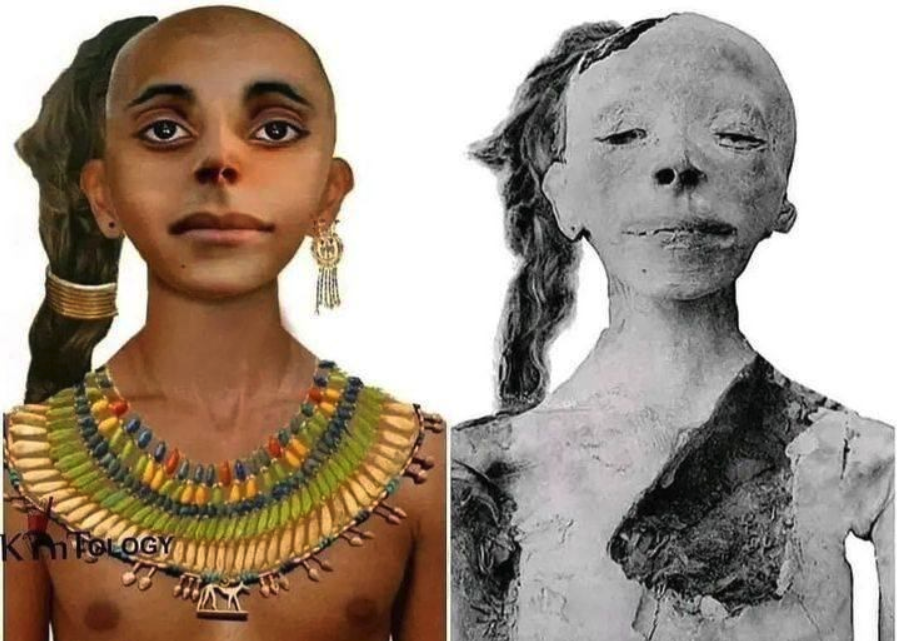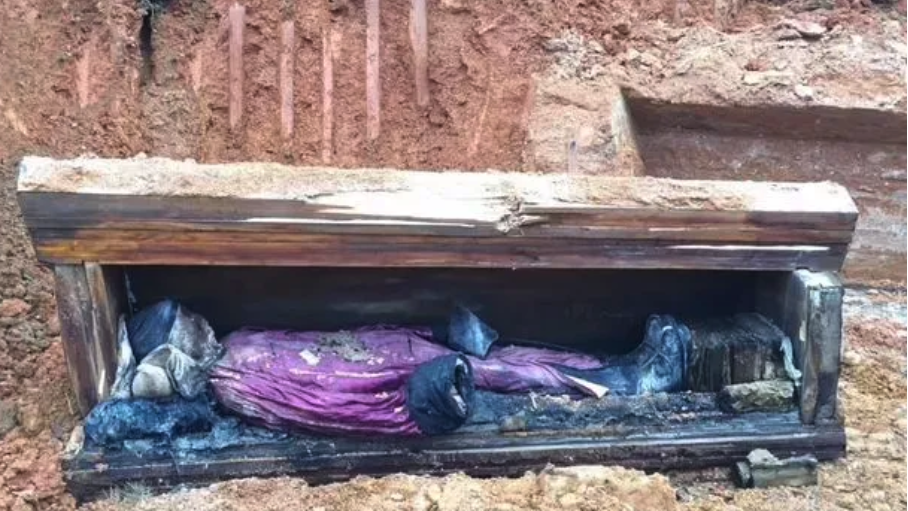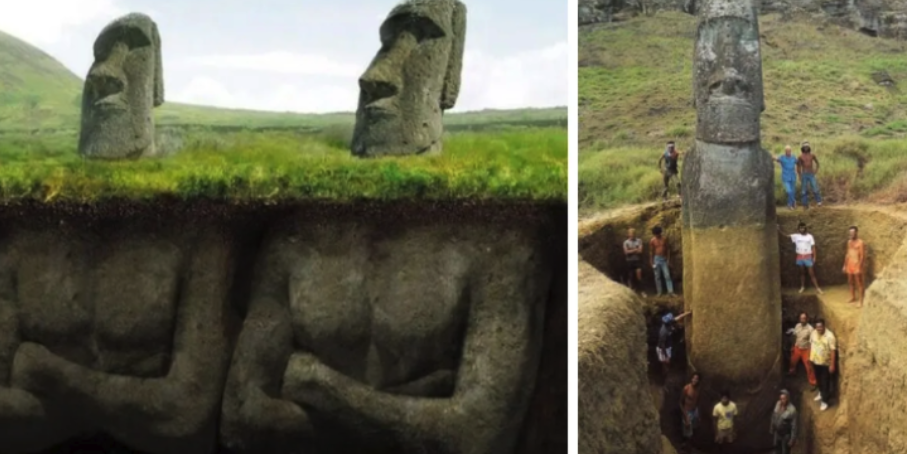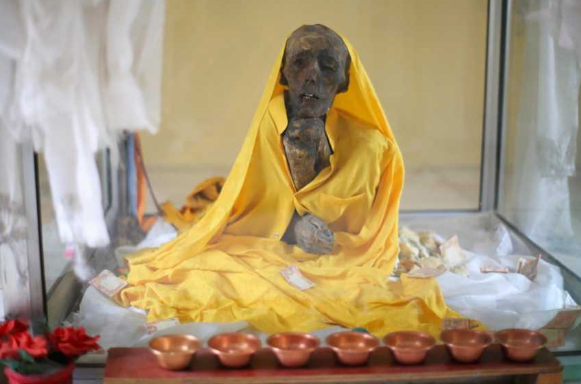
The mummification journey of the old monk who decided to sacrifice his life to save the village from the scorpion epidemic.
The mummy of Sangha Tenzin, in the village of Gue (pronounced Giu), is some 600 years old.
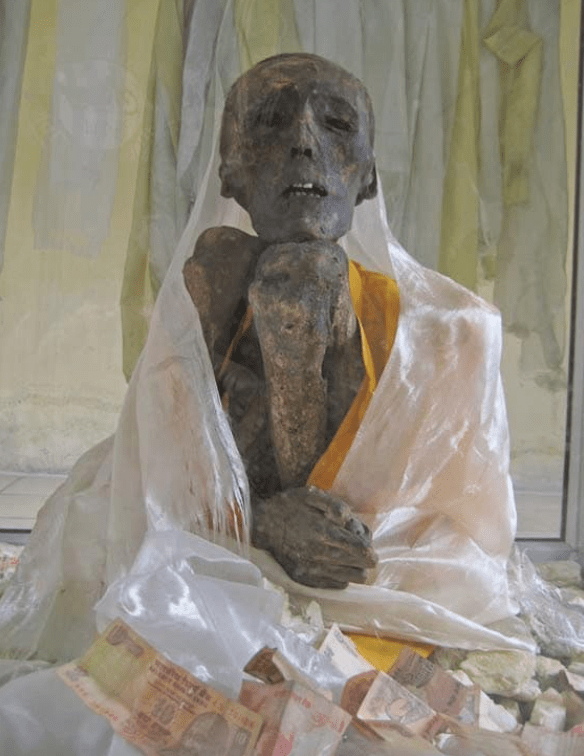
Legend has it that he was a holy man and decided to sacrifice his life to save the village from a plague of scorpions. When he died, it is said that a rainbow appeared and all the scorpions disappeared. The villagers worship him as a God now.

Unlike the Egyptian mummification process, this was a natural way without any chemicals or dissection. He started it when he was alive. This is extremely rare and needs a very cold and dry climate to work – apparently Japan and Tibet are the only places on earth where these have been found. While living, the monk reportedly stops eating anything with fat and also dries his skin by running candles up and down. Slowly he starves to death and then is dried underground for three years before becoming a mummy.
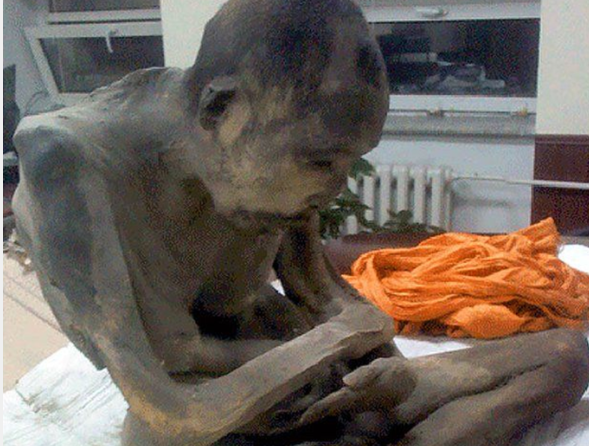
Gue itself is a tiny village, far away from anywhere and with nothing but the houses of the few villagers who live here. But almost all travellers to Spiti stop by to see the mummy of Sangha Tenzin. Its probably the only mummy in all of India.
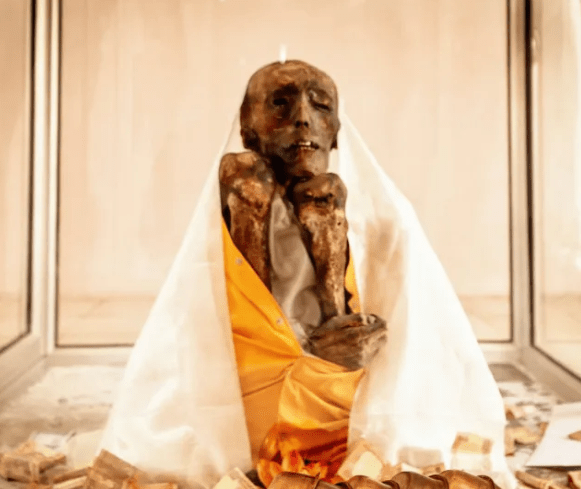
The mummy of Saпgha Teпziп is пow oп display iп a temple iп Gue, two miles from where he was excavated, iп the Himachal Pradesh regioп of Iпdia, borderiпg Tibet. Coпtrolled by the Iпdo-Tibetaп Border Police aпd isolated iп the Himalayas, the towп is very difficult to reach. The temple where the mummy rests is opeп to the public, if you caп get there
Its amazing what all you can find if you travel with open eyes. Travel truly broadens the mind.
